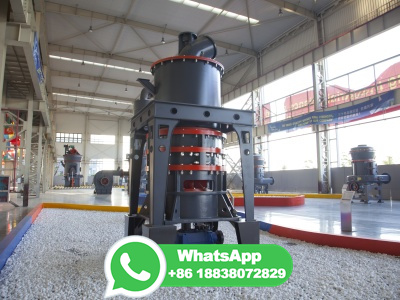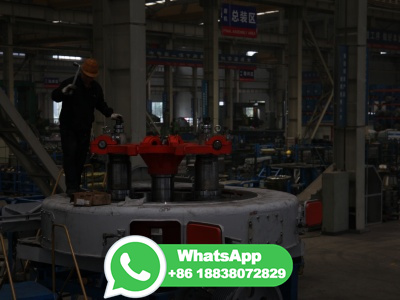PDF CoalToGas CoalToLiquids Purdue University
Carbonization is the process by which coal is heated and volatile products gaseous liquid are driven off, leaving a solid residue called char or coke High temperature carbonization, > 1650oF (900oC) Main purpose is the production of metallurgical coke for use in blast furnaces foundries Low temperature carbonization, < 1350oF (730oC)


























